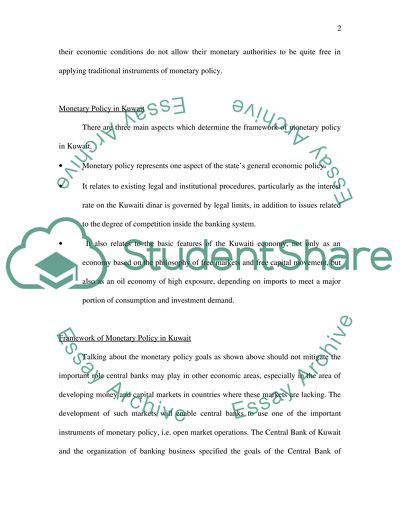Cite this document
(“Monetary Policy in Kuwait Essay Example | Topics and Well Written Essays - 2250 words”, n.d.)
Monetary Policy in Kuwait Essay Example | Topics and Well Written Essays - 2250 words. Retrieved from https://studentshare.org/miscellaneous/1499777-monetary-policy-in-kuwait
Monetary Policy in Kuwait Essay Example | Topics and Well Written Essays - 2250 words. Retrieved from https://studentshare.org/miscellaneous/1499777-monetary-policy-in-kuwait
(Monetary Policy in Kuwait Essay Example | Topics and Well Written Essays - 2250 Words)
Monetary Policy in Kuwait Essay Example | Topics and Well Written Essays - 2250 Words. https://studentshare.org/miscellaneous/1499777-monetary-policy-in-kuwait.
Monetary Policy in Kuwait Essay Example | Topics and Well Written Essays - 2250 Words. https://studentshare.org/miscellaneous/1499777-monetary-policy-in-kuwait.
“Monetary Policy in Kuwait Essay Example | Topics and Well Written Essays - 2250 Words”, n.d. https://studentshare.org/miscellaneous/1499777-monetary-policy-in-kuwait.


